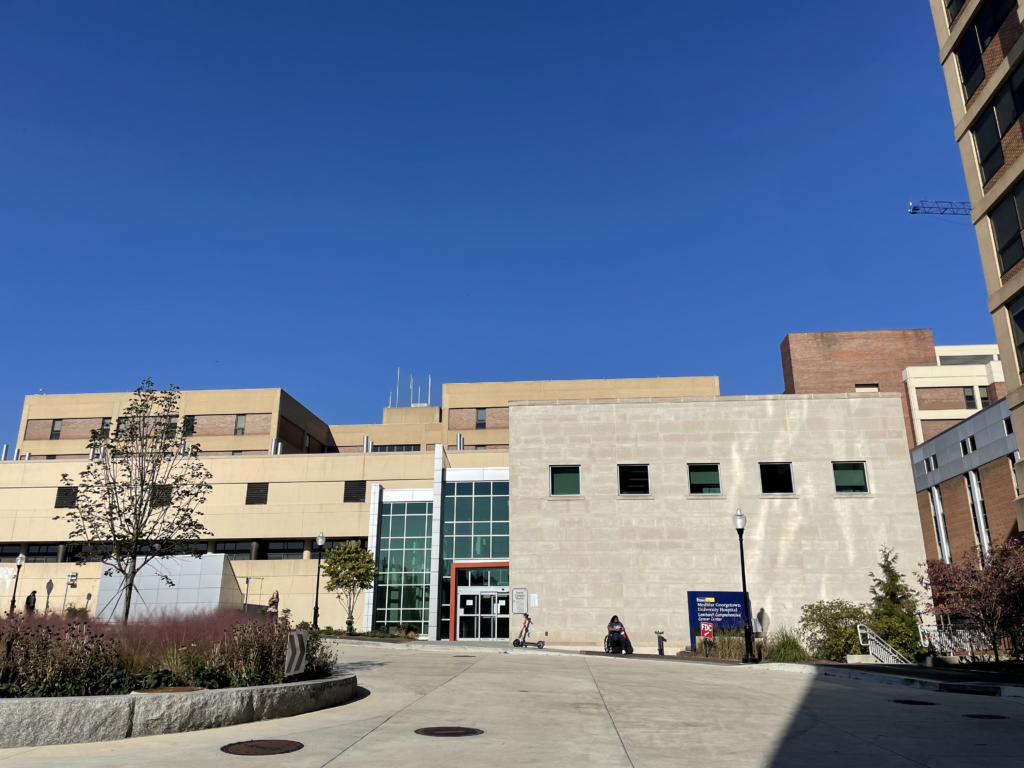A team of international researchers, including professors from the Georgetown University Medical Center (GUMC) worked with sources of past zoonotic viruses in order to develop models to predict where the next severe acute respiratory syndrome (SARS) virus will come from.
The cohort of scientists, which includes researchers from the University of Glasgow and University College Dublin, has utilized the power of machine learning and artificial intelligence to predict which animals will serve as hosts to zoonotic viruses, which spread from animals to humans. Their findings were published Jan. 10 in a paper titled “Optimising predictive models to prioritise viral discovery in zoonotic reservoirs.”

The increase in global interest for zoonotic virus research provided an opportunity to test and refine the team’s model, according to Greg Albery, a postdoctoral fellow in Georgetown’s biology department and a joint first author of the study.
“We realised that the pandemic would inspire an unprecedented flood of research into bats and coronaviruses, and we thought that this would be an excellent opportunity to make some predictions and have them tested over a short space of time by the wider scientific community,” Albery wrote in an email to The Hoya.
The project’s objective was to use machine learning to create more complete data models in tracking virus sources, according to Colin Carlson, senior author of the study and assistant professor in Georgetown’s microbiology and immunology department.
“There’s a few different ways we can teach a computer to solve this problem,” Carlson wrote in an email to The Hoya. “The simplest is to say, take a look at which animals host which kinds of viruses, and try to predict who’s most similar to who. That can work okay on paper, but it turns out it doesn’t really hold up over time. On the other hand, if we put in data about the biology of the species we’re interested in — things like where they’re from, what they eat, or what shape their wings are — the models start to get pretty good.”
Carlson said the project, which consisted of eight learning models, provided predictions of probable but unsampled bat hosts, and took into account the influx of data on bat coronaviruses in order to improve model accuracy.
“We sat down to run everything again, start to finish, with over a year’s worth of improved data,” Carlson wrote. “And then you have to turn all of that into something interpretable — something you can hold in your hand and make sense of, like ‘these are the 10 species we most need to sample.’ It’s a huge task, and it requires a lot of teamwork over multiple years — there’s a reason people haven’t really tried something at this scale before.”
Although scientists have not reached a consensus on the exact origin of SARS-CoV-2, there is evidence that the RaTG13 coronavirus, a bat coronavirus, had a 96% genetic similarity with SARS-CoV-2 and originated in bats. The PCoV_GX coronavirus, found in pangolins, also behaves similarly to SARS-Co-V-2. These findings suggest a high probability that the novel coronavirus also originated in bats or pangolins.
Carlson, Albery and eight of their colleagues built their own individual analytical models in early 2020 by developing lists of priority sampling recommendations for potential reservoirs of different types of coronaviruses within bat species, according to Carlson.
The team discovered that models based on species’ characteristics work best in terms of predictability, according to Daniel Becker, a researcher from the biology department at the University of Oklahoma and one of the joint first authors of the paper.
“One of our main findings is that ‘trait-based models,’ those that use species characteristics to differentiate bats with betacoronaviruses from other bat species, perform much better than other model types,” Becker wrote in an email to The Hoya.
In the future, the team plans to determine how this research will affect people in different parts of the world, according to Becker.
“This is really a first step, and follow up work is needed to figure out when and where those bats are more likely to be infectious, the interfaces where they have contact with domestic animals and humans, and how to balance preventative approaches to human health with bat conservation practices,” Becker wrote.




















